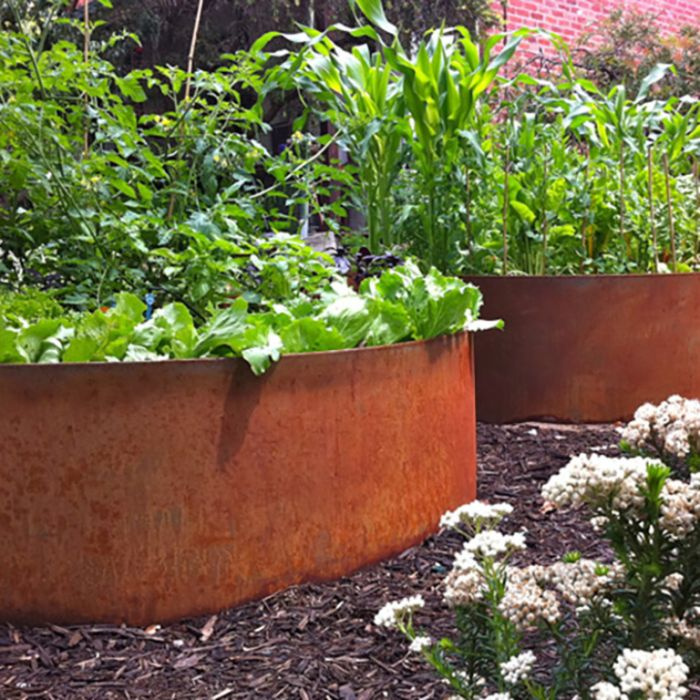Weather-resistant steel plate, also known as corten steel or atmospheric corrosion resistant steel, is a type of steel that has excellent corrosion resistance properties due to its chemical composition. The welding process of weather-resistant steel plate is a crucial part of its treatment. In this blog post, we'll take a closer look at how the welding process of weather-resistant steel plate is treated and what factors need to be considered.
1. Pre-welding Treatment
Before beginning the welding process, it is essential to carry out pre-welding treatment. The pre-welding treatment involves cleaning the surface of the steel plate, removing any rust, oil, or dirt that could interfere with the welding process. This is done using cleaning agents such as acetone, alcohol, or a wire brush to remove the rust coating.
2. Selection of Welding Electrodes
The selection of the welding electrode is critical for the welding process of weather-resistant steel. The electrode must be compatible with the weather-resistant steel plate to ensure that the welding process is successful. Generally, a low hydrogen type electrode is recommended for weather-resistant steel plate welding.
3. Welding Technique
The welding technique used is also essential. As weather-resistant steel plate is designed to develop a patina over time, it is essential to use a welding technique that does not interfere with this process. Also, the welding technique should produce a strong and durable weld that can withstand harsh weather conditions.
4. Welding Parameters
The welding parameters, such as current, voltage, and travel speed, are critical for the successful welding of weather-resistant steel plate. The parameters selected must be appropriate for the thickness and composition of the steel plate.
5. Post-welding Treatment
After completing the welding process, it is essential to carry out some post-welding treatment. The post-welding treatment involves removing any spatter or slag produced during welding and cleaning the entire surface of the steel plate using a wire brush. The cleaned surface is then coated with an anti-corrosion layer to prevent any future corrosion.
6. Conclusion
The welding process of weather-resistant steel plate requires a careful approach and attention to detail. The correct selection of welding electrodes, welding technique, welding parameters, and post-welding treatment can significantly affect the quality and durability of the weld. With the right process and approach, weather-resistant steel plate can be successfully welded, ensuring its longevity and durability under harsh weather conditions.
In conclusion, the welding process of weather-resistant steel plate is a critical part of its treatment. It is important to carefully consider and follow the recommended pre-welding and post-welding treatment to achieve a high-quality weld that can withstand harsh weather conditions. By doing so, weather-resistant steel plate can be effectively used in a wide range of applications, from bridges to buildings and beyond.
corten garden edging

metal plant pots

fence screen panels






